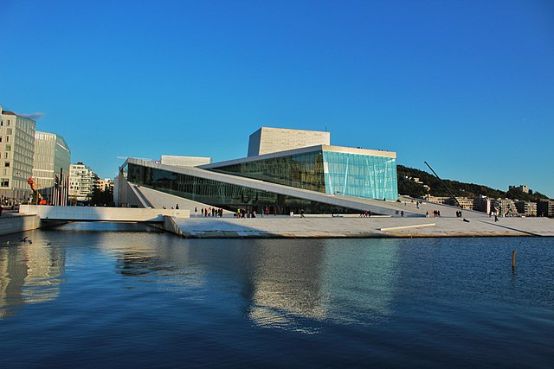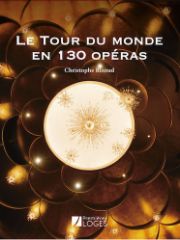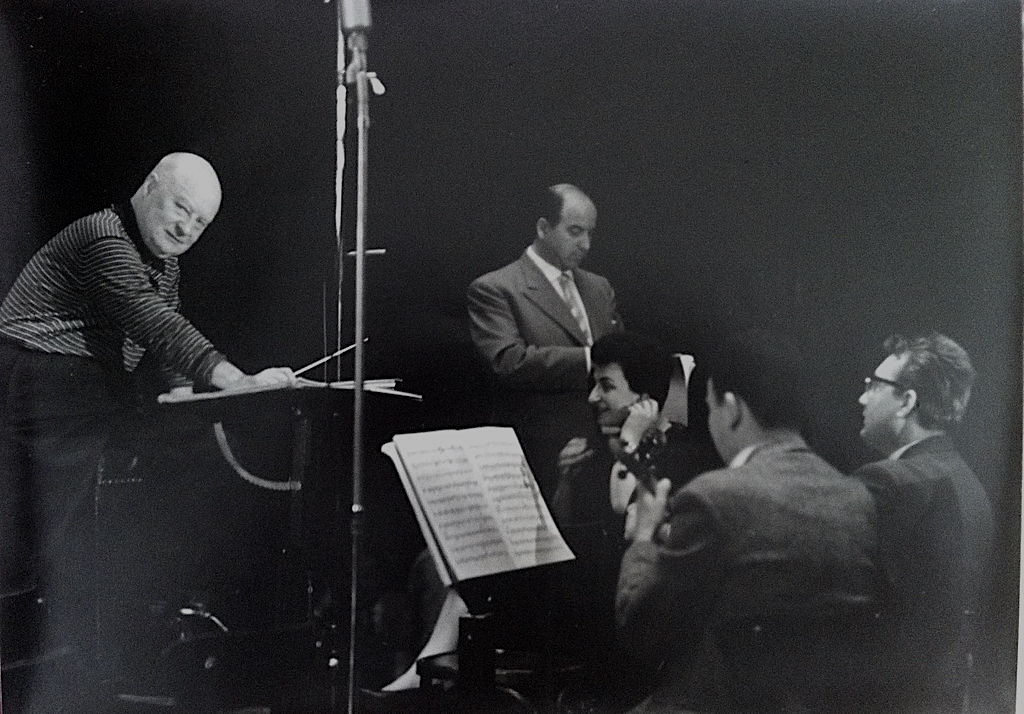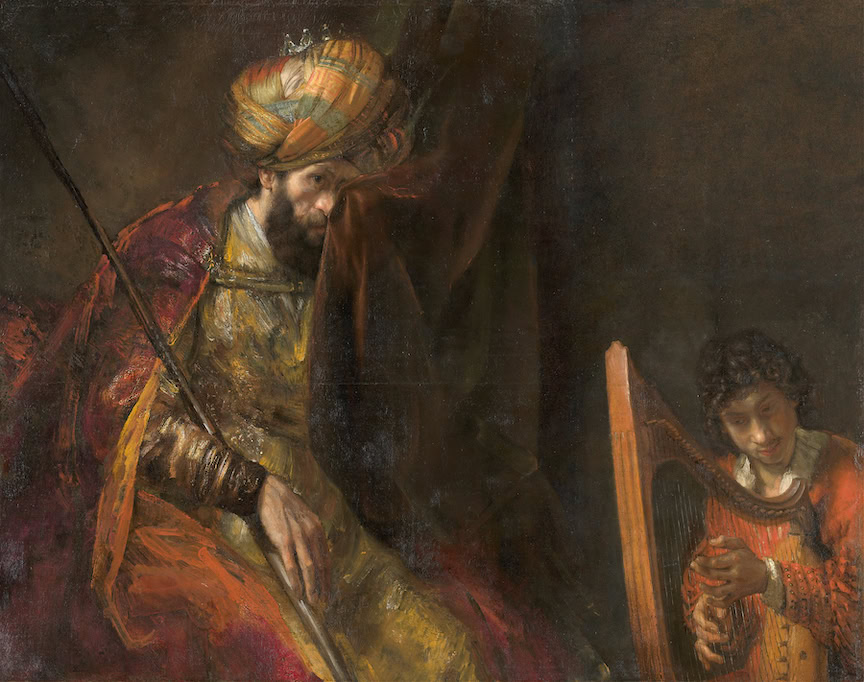The many facets of opera
The world of opera and its venues are the focus of recent publications.

Under the direction of Hervé Lacombe, Fayard has undertaken to publish a monument of rare scope: three copious volumes, the first two of which have just been published, forming a veritable encyclopedia of French opera, remarkably structured (albeit without detailed score analyses), and packed with information that in no way detracts from the pleasure of reading. The more than 150 authors (musicologists, historians, theater specialists and literary scholars, among others) help us discover the countless aspects of the lyric art - from its first appearances in France at the time of Mazarin to the Revolution (Volume 1) and from the Consulate to 1900 (Volume 2) - and its various forms, including, for example, the comédie-ballet, the fête théâtrale and other entertainments, the comédie mêlée d'ariettes and the opérette. From sociological meanings to reciprocal influences with surrounding or distant nations, from different stylistic or aesthetic currents to the main themes and sources of inspiration for librettos, from mediatization to arrangements and the ancestors of derivative products, from the importance of choreography to relations with literature and the other arts, from theatres and their audiences to work behind and on stage, not forgetting composers (chapters are devoted to the most eminent among them, whether French or not, and the number of their colleagues cited is considerable), librettists, singers (biographical boxes), dancers, directors, copyists and publishers : the abundant variety of themes covered by these volumes will be of interest to enthusiasts, amateurs and the curious alike, who wish to gain in-depth knowledge of the many facets of the French operatic repertoire.
Indissociable from operas, the buildings specially erected or refurbished to house their performances are the subject of a beautiful, richly illustrated book from Editions Premières Loges. Christophe Rizoud invites us to explore 130 legendary and little-known buildings from all over the world, a quarter of which are located in France, half in other European countries and the other quarter on other continents (in Switzerland, we find the Grand Théâtre de Genève, the Opéra de Lausanne and the Opernhaus de Zurich). From the Théâtre Antique in Orange and the reborn Teatro Olimpico in Vicenza to the opera houses recently built in Muscat (Oman), Oslo, Beijing and Valencia, from the 199-seat Wilhelminian Königliches Kurtheater in Bad Wildbad to the 22,000-seat Arena in Verona, the choice is singularly diverse. For each of these temples of art, general details, a short list of some notable creations and a special anecdote surround an architectural description and history.
Hervé Lacombe: Histoire de l'opéra français. Du Roi-Soleil à la Révolution, 1272 p., € 39.00, Fayard, Paris 2021, ISBN 9782213709901
Id. Du Consulat aux débuts de la IIIème République, 1200 p., € 39.00, Fayard, Paris 2020, ISBN 9782213709567
Christophe Rizoud: Le tour du monde en 130 opéras, 320 p., € 32.00, Premières Loges, Paris 2021, ISBN 978-2-84385-367-8










